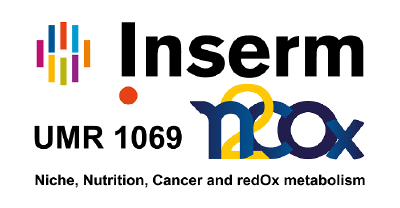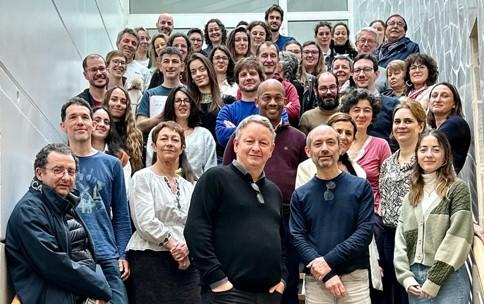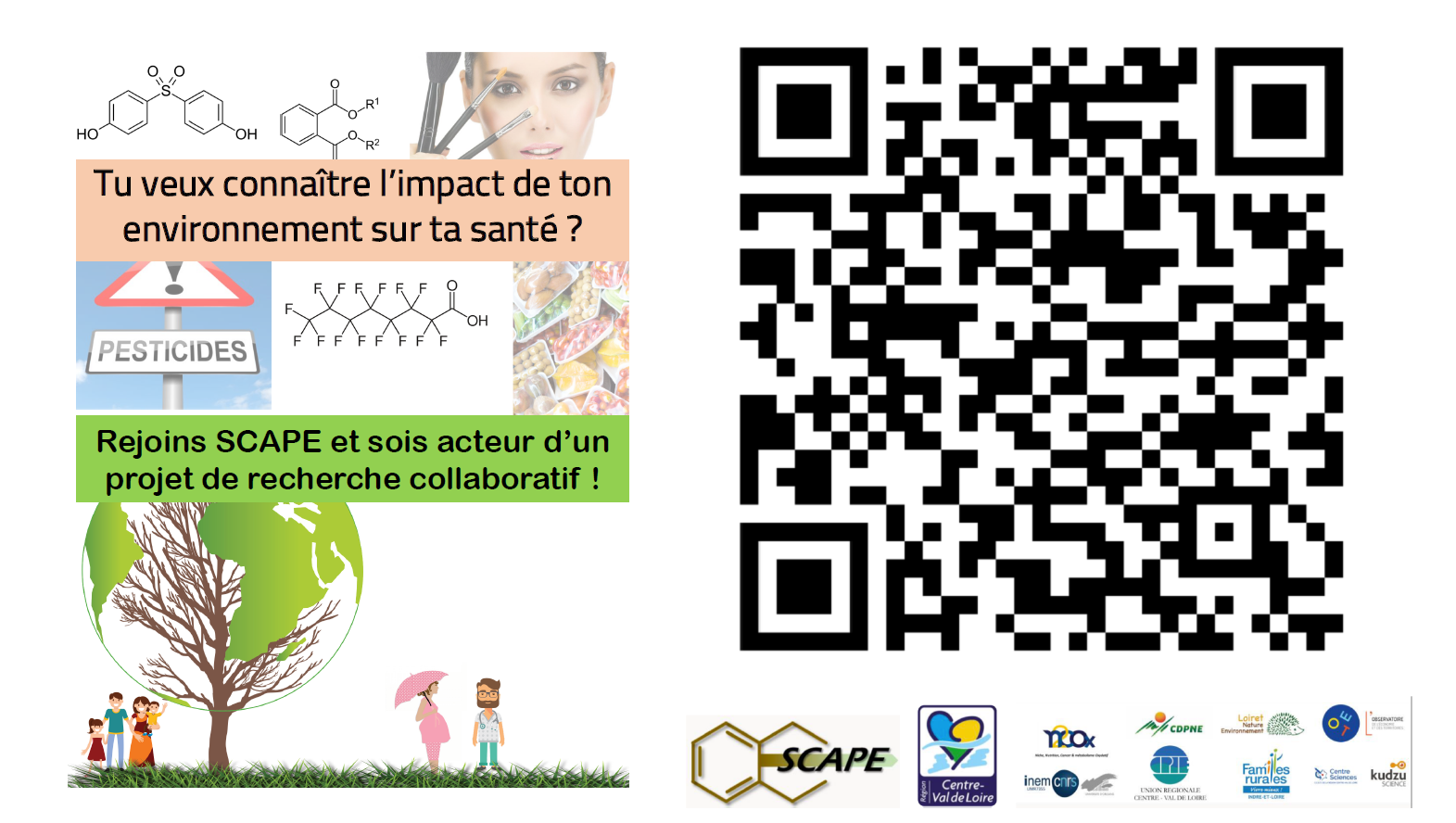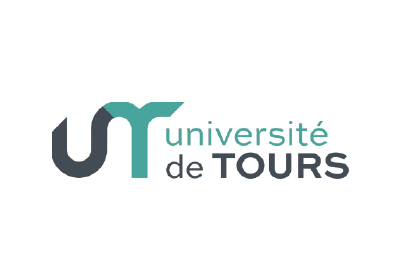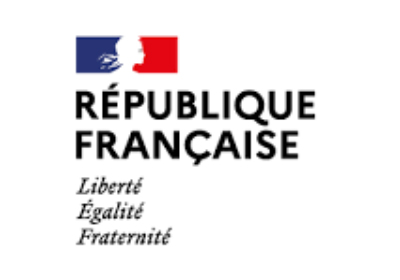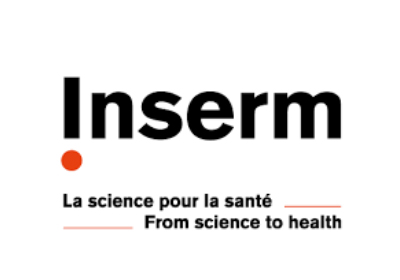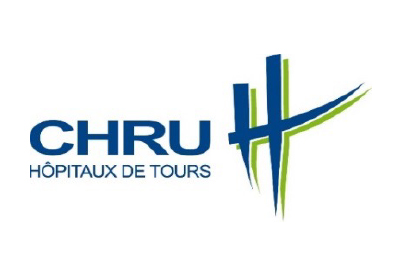N2COx Directory
Director : C.Vandier
christophe.vandier@univ-tours.fr
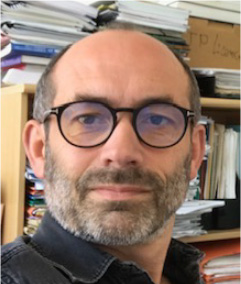
Deputy Director: O.Hérault
olivier.herault@univ-tours.fr

christophe.vandier@univ-tours.fr

Deputy Director: O.Hérault
olivier.herault@univ-tours.fr

Where to find us?
Inserm UMR1069 N2COx
Niche, Nutrition, Cancer and Oxidative Metabolism
Faculty of Medicine
Dutrochet building - 1st, 2nd and 4th floors
10 boulevard Tonnellé 37032 Tours Cedex (France)
Secretary
Mme Le Roy Catherine
Tel. 02.47.36.61.79
secretariat.n2cox@univ-tours.fr
Tel. 02.47.36.61.79
secretariat.n2cox@univ-tours.fr

